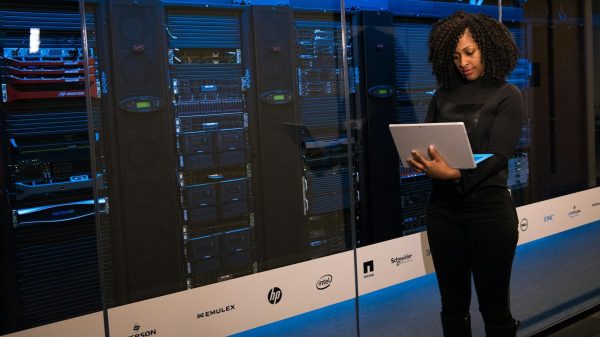The use of cloud computing has been a reality for Telefónica for some time now, especially in Brazil. Three years ago, we started our cloud adoption process and, since then, we have seen the benefits of this technology.
Strong strategy and governance crucial to our success
We started our daily journey by choosing a few cloud providers, such as Microsoft Azure, Google Cloud and Oracle Cloud. We understand that each has strengths and technologies that we can explore according to our needs. However, before we start using cloud services, we focus on building our strategy.
We chose to use the cloud first concept, which prioritises the migration and creation of workloads in the cloud. That approach is widely recognised in the market and, according to Gartner analysts, by 2025, 85% of organisations will adopt it and will not be able to fully execute their digital strategies without the use of cloud-native architectures and technologies.
With that, we started to list the services that should go to the cloud, adopting strategies to build new cloud native solutions, in addition to other migration methods, for example: Rehosting, Replatforming and Rearchitecting.
At the start of our journey to the cloud in 2021, we have the support and collaboration of Microsoft to build our Cloud Centre of Excellence (CCoE). A multidisciplinary team, including professionals from Solutions Architecture, Cloud, Networking, Security, FinOps and other areas, collaborated to define the standards and management of the cloud at Telefónica Brazil.
During this period, we focused our efforts on the creation of landing zones in each cloud provider. These landing zones are a standardised and secure foundation that serves as a starting point for deploying applications, data and services in the cloud. This approach was essential to maintain our scalability, control costs and optimise cloud workflows over the long term.
Having a solid foundation, with governance standards, also contributed to the structuring of the FinOps culture at Telefónica in Brazil. Today, we use VMware CloudHealth as a financial management tool in the cloud, which allows us to manage resource costs in a centralised and clear way.
All this was necessary for us to start using the cloud correctly and consistently, following a scalable and sustainable multi-cloud strategy in the long term. Since then, we have not stopped growing, evolving and creating efficient solutions for our customers. Today, in the cloud, we have solutions that serve various business segments, such as Novos Negócios, Logistics, B2B and B2C, for example.
In search of a more agile, innovative and simple digital future
Our goal in Telefónica’s IT area in Brazil is to maintain a hybrid environment, with workloads distributed among various public cloud providers and on-premises resources. This approach seeks to ensure a robust architecture, while investing in the Platform Engineering model to standardise and streamline the creation of new innovative technology solutions. Among the technologies we use to make this possible are Backstage, Terraform, Ansible and Azure DevOps.
Another of our learnings has been to explore and understand more about the relationship between cloud use and sustainability. For us, cloud provider solutions such as the Emissions Impact Dashboard for Microsoft Azure and the Google Cloud Carbon Footprint have been great allies.
Throughout this cloud adoption process, we have always maintained a learner’s mindset. Even with a consistent strategy in place, we are constantly revalidating, updating and looking to follow methodologies, use cases, listening to our suppliers and, most essential, understanding what applies to our business.
This is the main learning we would like to pass on to those who are starting their journey to the cloud: understand what really makes sense for your business, explore the various possibilities, and keep an open mind to be always learning.
So far, we are very satisfied with what we have already built and we are excited about the plans we have for the future, always with the purpose of digitising to bring you closer.














